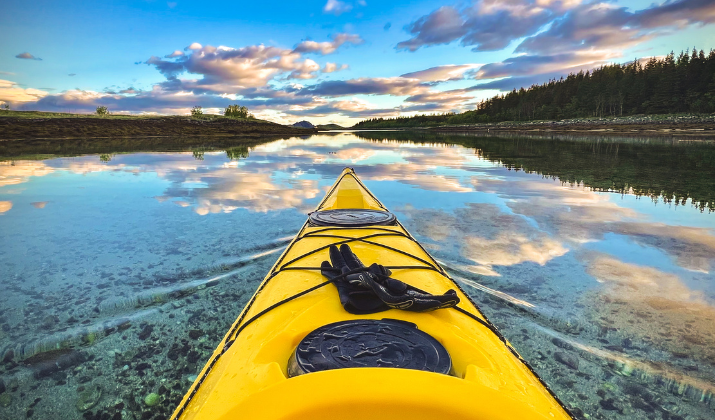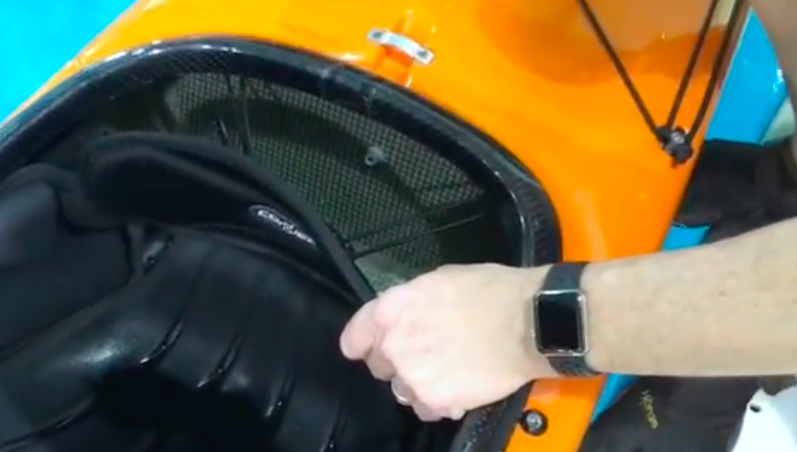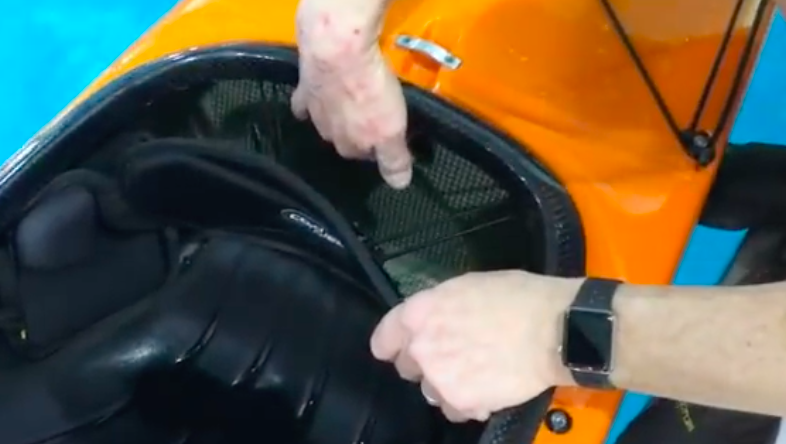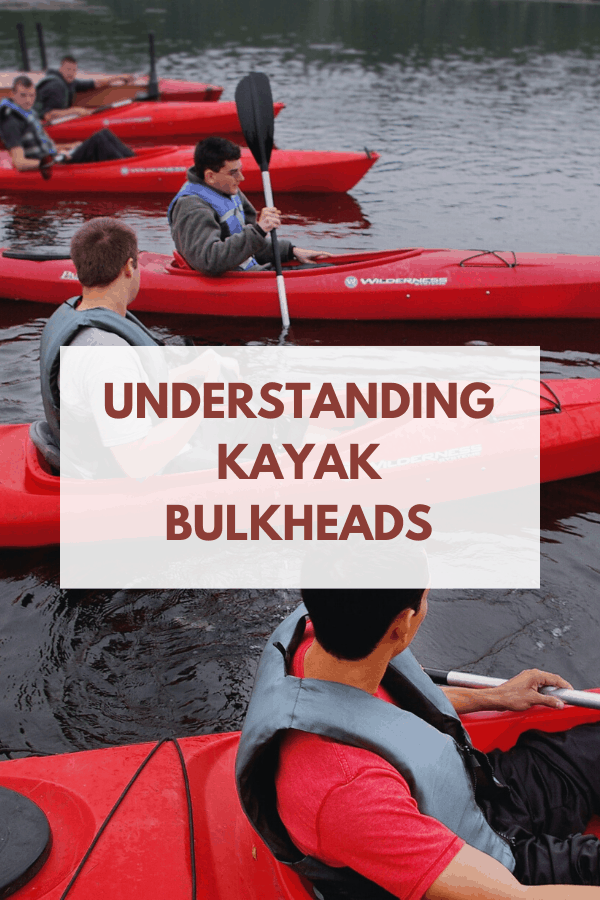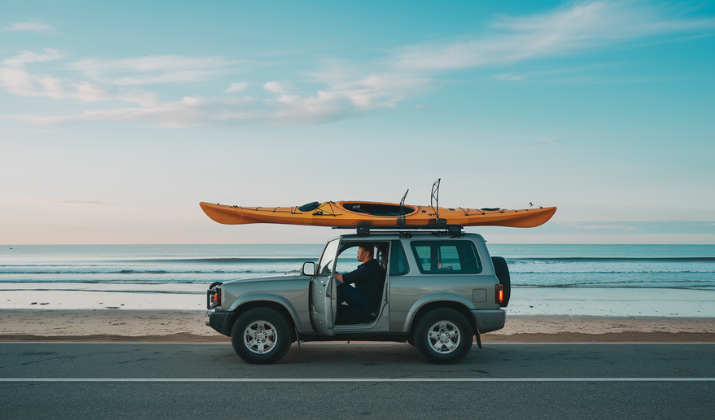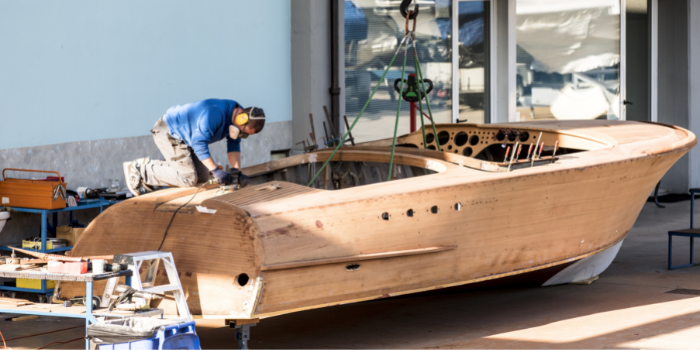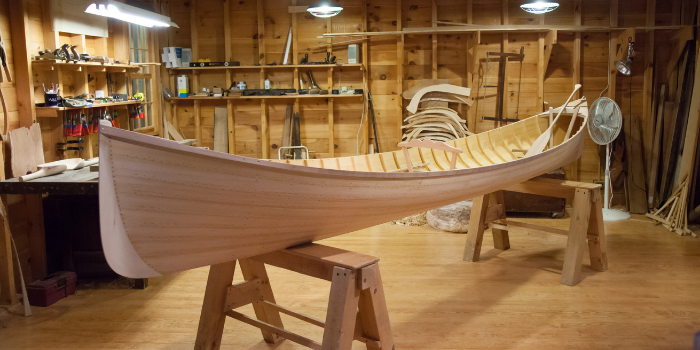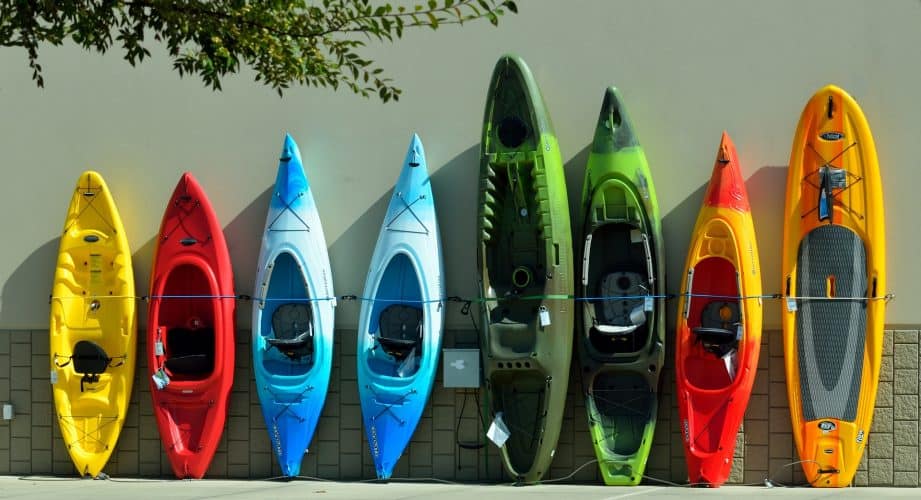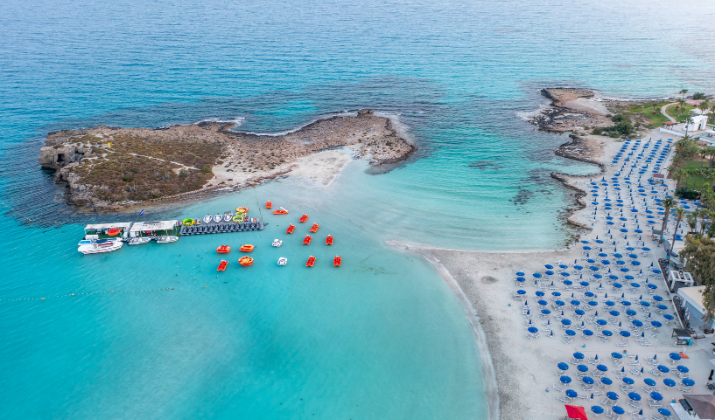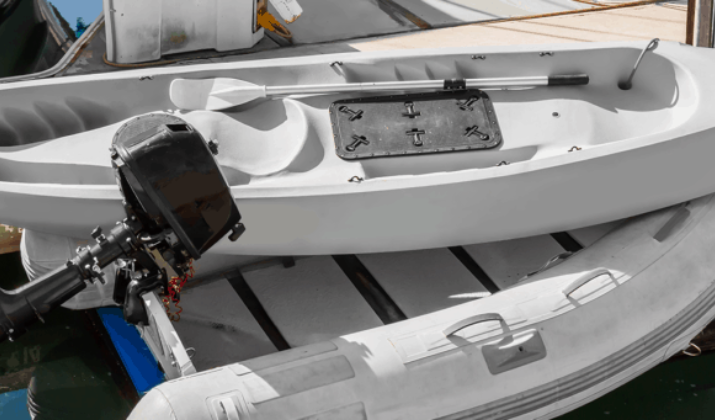When you’re out on the water, enjoying the serenity of nature or tackling challenging rapids, the last thing on your mind might be the internal structure of your kayak.
However, one component plays a silent yet vital role in your safety and comfort: kayak bulkheads.
These often-overlooked features are more than just dividers; they’re integral to the kayak’s design, enhancing both safety and performance.
This guide will dive deep into kayak bulkheads, exploring their purposes, types, and why they should matter to every paddler, from weekend enthusiasts to seasoned adventurers.
Read on.
What Are Kayak Bulkheads?
Kayak bulkheads are watertight partitions that divide the interior of a kayak into separate compartments.
Typically made of foam or plastic, they’re securely sealed to the kayak’s hull and deck.
These partitions are strategically placed to create distinct areas within the kayak, usually separating the cockpit from the bow and stern sections.
The concept of bulkheads isn’t unique to kayaks; it’s a principle borrowed from shipbuilding, where compartmentalization has long been used to improve vessel safety and buoyancy.
In kayaks, this design has been refined to meet the specific needs of smaller, human-powered watercraft.
Reasons Why You Should Care About Kayak Bulkheads
1. Flotation and Safety
- Prevent Complete Flooding: In the event of a capsize or hull breach, bulkheads prevent water from flooding the entire kayak. This compartmentalization is crucial for maintaining buoyancy and stability.
- Enhanced Buoyancy: Even if the cockpit fills with water, the sealed compartments in the bow and stern remain dry, providing enough buoyancy to keep the kayak afloat. This feature is particularly important in open water or rough conditions.
- Easier Rescue and Self-Rescue: The added buoyancy makes it easier for a paddler to perform self-rescue techniques like the “eskimo roll” or for others to assist in a rescue situation. The kayak remains manageable and can be more easily emptied of water.
2. Storage & Organization
- Dry Storage Areas: Bulkheads create watertight compartments that serve as excellent storage spaces for gear, food, and equipment. This is especially valuable on longer trips or in wet conditions.
- Weight Distribution: By allowing paddlers to store items in different sections of the kayak, bulkheads help in achieving optimal weight distribution. This balance is crucial for the kayak’s performance and handling.
3. Structural Integrity
- Hull Reinforcement: Bulkheads act as internal supports, reducing the flexing of the kayak’s hull. This increased rigidity improves the overall structural integrity of the kayak.
- Performance in Rough Waters: The added stiffness provided by bulkheads enhances the kayak’s performance, especially in choppy or turbulent waters. It allows for better tracking and responsiveness.
4. Comfort & Control
- Foot Bracing: In many kayak designs, the forward bulkhead serves as a footrest. This provides a solid platform for the paddler to brace against, enhancing control and power transfer during strokes.
- Ergonomic Support: The presence of bulkheads allows for better interior design of the kayak, accommodating ergonomic seating and support systems that enhance paddler comfort on long journeys.
Types of Bulkheads
1. Foam Bulkheads
- Lightweight and Cost-Effective: Foam bulkheads are popular in many kayak models due to their low weight and relatively low cost.
- Excellent Insulation: The foam material provides good thermal insulation, helping to maintain temperature in storage compartments.
- Custom Fitting: Foam can be easily shaped to fit the contours of any kayak hull, making it versatile for various kayak designs.
- Durability Concerns: While effective, foam bulkheads may be more susceptible to damage over time compared to their plastic counterparts.
2. Plastic Bulkheads
- High Durability: Plastic bulkheads are more resistant to wear and tear, making them a long-lasting option.
- Easy Maintenance: Their smooth surface is easier to clean and maintain, reducing the risk of mold or mildew growth.
- Precision Manufacturing: Often found in higher-end kayaks, plastic bulkheads can be precisely manufactured to fit specific kayak models.
- Weight Consideration: While durable, plastic bulkheads may add slightly more weight to the kayak compared to foam options.
Maintenance & Care
Proper maintenance of kayak bulkheads is essential for ensuring their continued effectiveness:
- Regular Inspections: Periodically check bulkheads for any signs of cracks, separations, or water ingress. Pay special attention to the seals around the edges.
- Cleaning Routine: After each use, especially in saltwater environments, clean and dry the bulkhead compartments thoroughly. This prevents the buildup of salt, sand, or organic matter that could compromise the seals.
- Sealant Maintenance: Over time, the sealant around bulkheads may degrade. Regularly inspect and reapply sealant as needed to maintain watertight integrity.
- Repair and Replacement: If you notice any significant damage to a bulkhead, consult with a professional about repair or replacement options. Compromised bulkheads can significantly affect the kayak’s safety and performance.
Kayaks Without Bulkheads
While bulkheads offer numerous benefits, some kayak models, particularly recreational or entry-level designs, may not include them. In these cases:
- Flotation Alternatives: Inflatable flotation bags can be used as an alternative to built-in bulkheads. These bags can be inserted into the bow and stern to provide buoyancy in case of flooding.
- Safety Considerations: Extra caution is needed when paddling kayaks without bulkheads, especially in open waters or challenging conditions. Be aware of the increased risk of complete flooding in case of capsize.
- Limited Storage Options: Without sealed compartments, storage options are more limited. Waterproof bags or containers become essential for keeping gear dry.
- Performance Impact: Kayaks without bulkheads may experience more flexing and may not perform as well in rough waters compared to their bulkhead-equipped counterparts.
Choosing the Right Kayak
When selecting a kayak, consider the presence and quality of bulkheads:
- Intended Use: For open water or sea kayaking, bulkheads are almost essential. For calm lakes or rivers, their importance may be less critical but still beneficial.
- Skill Level: Beginners might find bulkhead-equipped kayaks more forgiving and safer, while experienced paddlers often consider them a must-have feature.
- Trip Duration: For longer excursions, the dry storage provided by bulkheads becomes increasingly important.
- Safety Priorities: If safety is a top concern, prioritize kayaks with well-designed and properly sealed bulkheads.
Conclusion
Kayak bulkheads, though often hidden from view, play a pivotal role in the safety, performance, and functionality of your watercraft.
From providing crucial flotation in emergencies to offering convenient dry storage for multi-day adventures, bulkheads enhance every aspect of the kayaking experience.
As you choose your next kayak or maintain your current one, pay close attention to these vital internal structures.
Remember – What’s inside your boat can be just as important as your skills with a paddle.
Stay safe, stay informed, and enjoy the incredible world of kayaking to its fullest.


